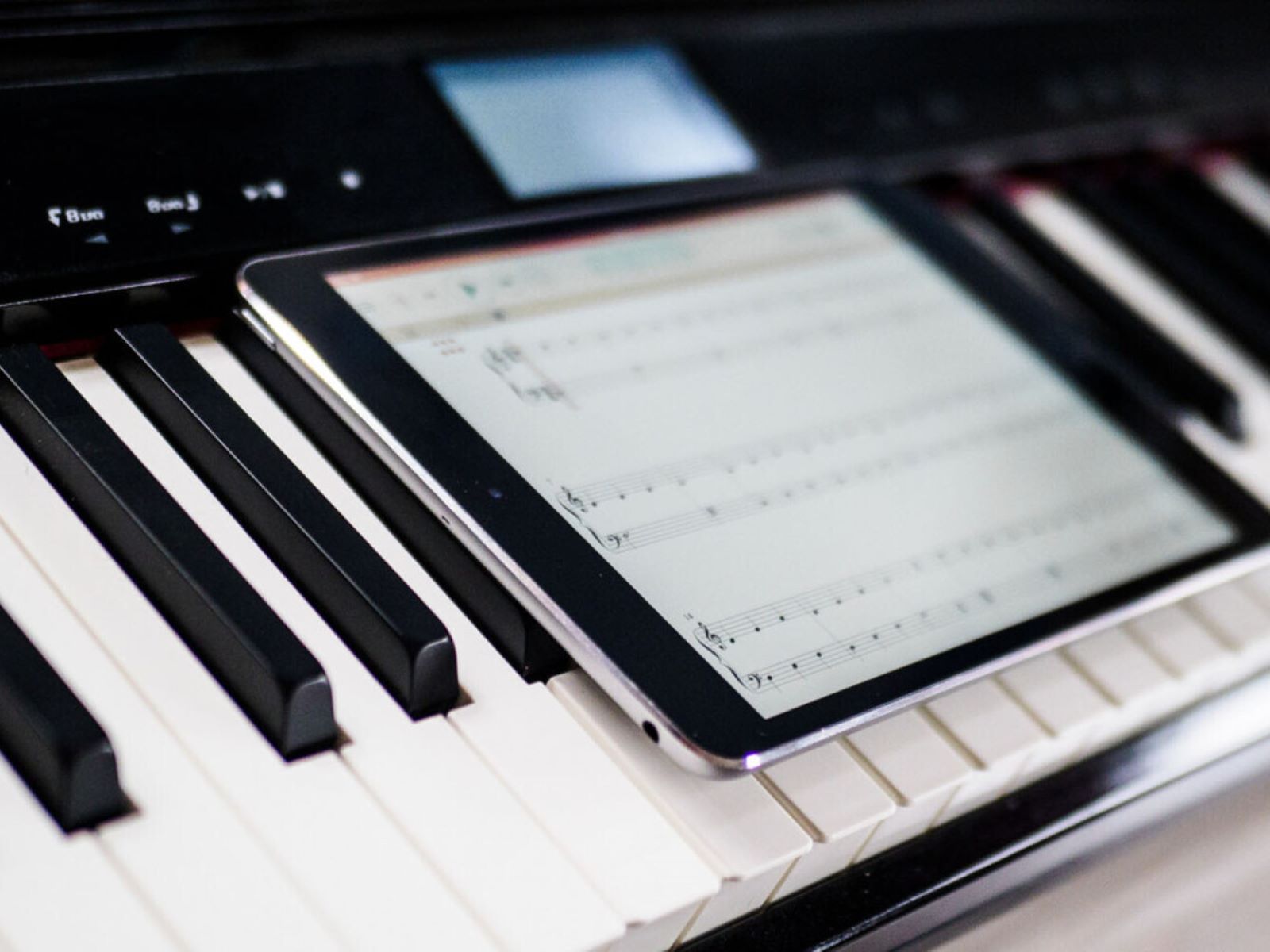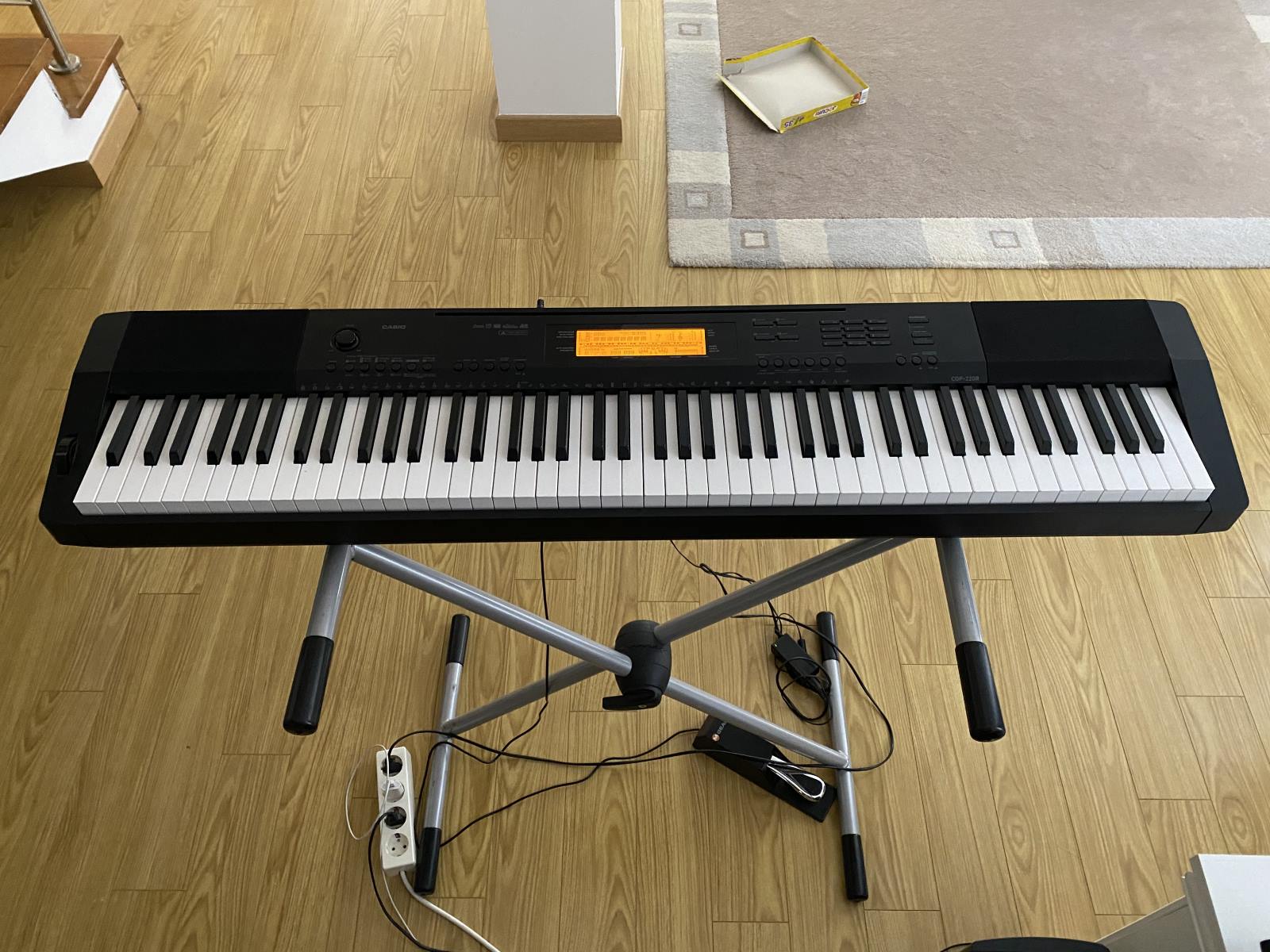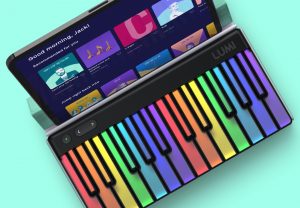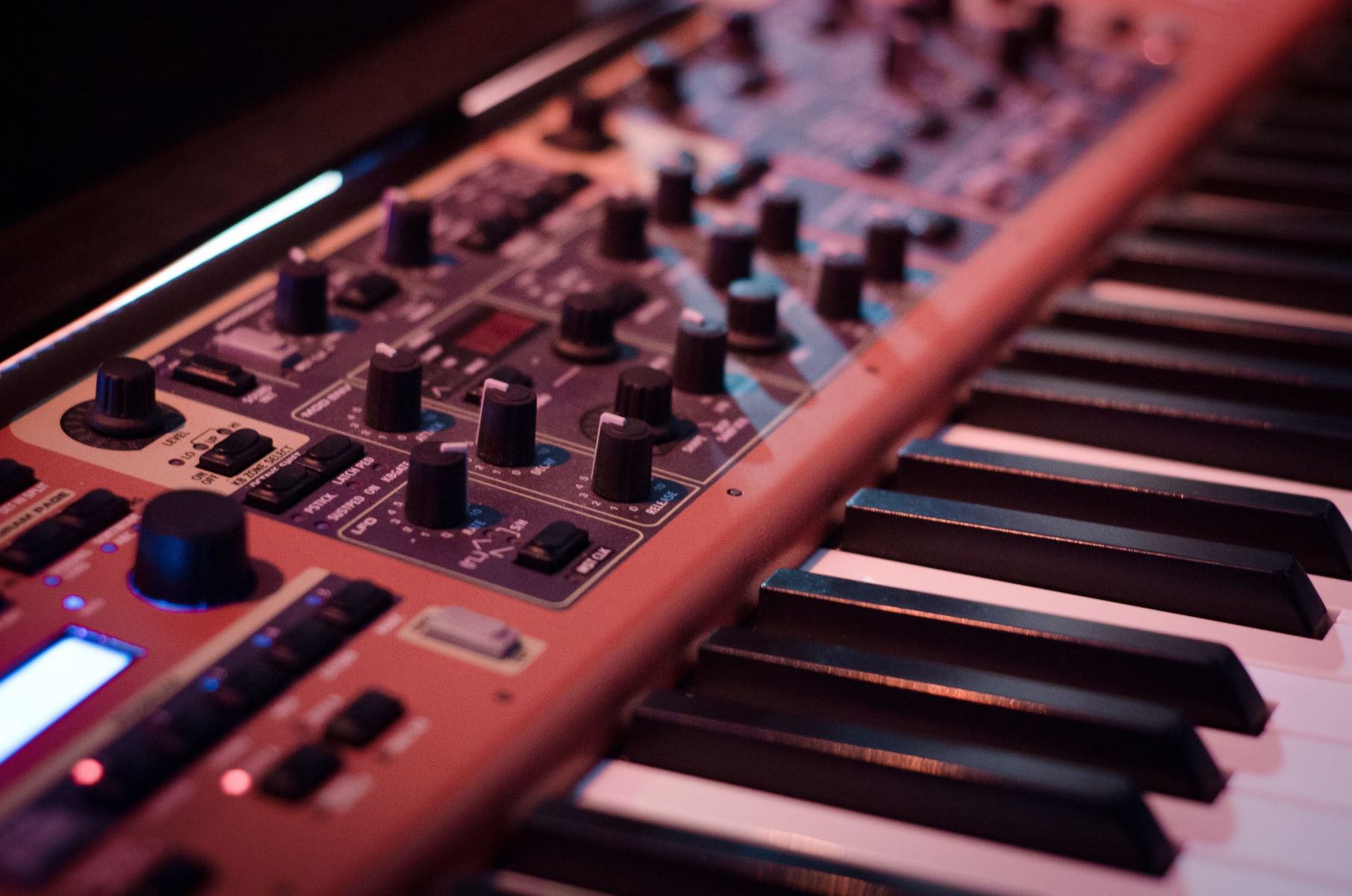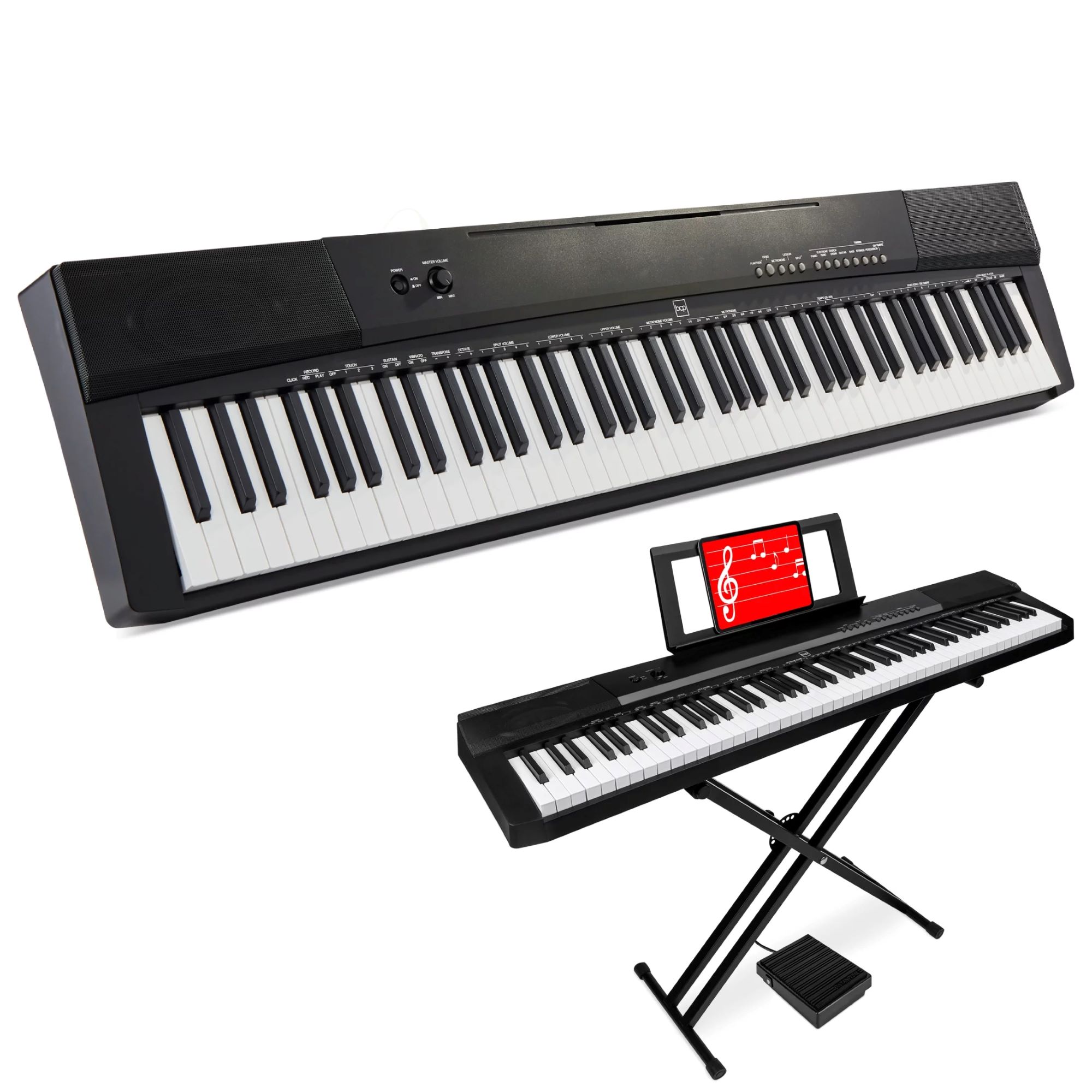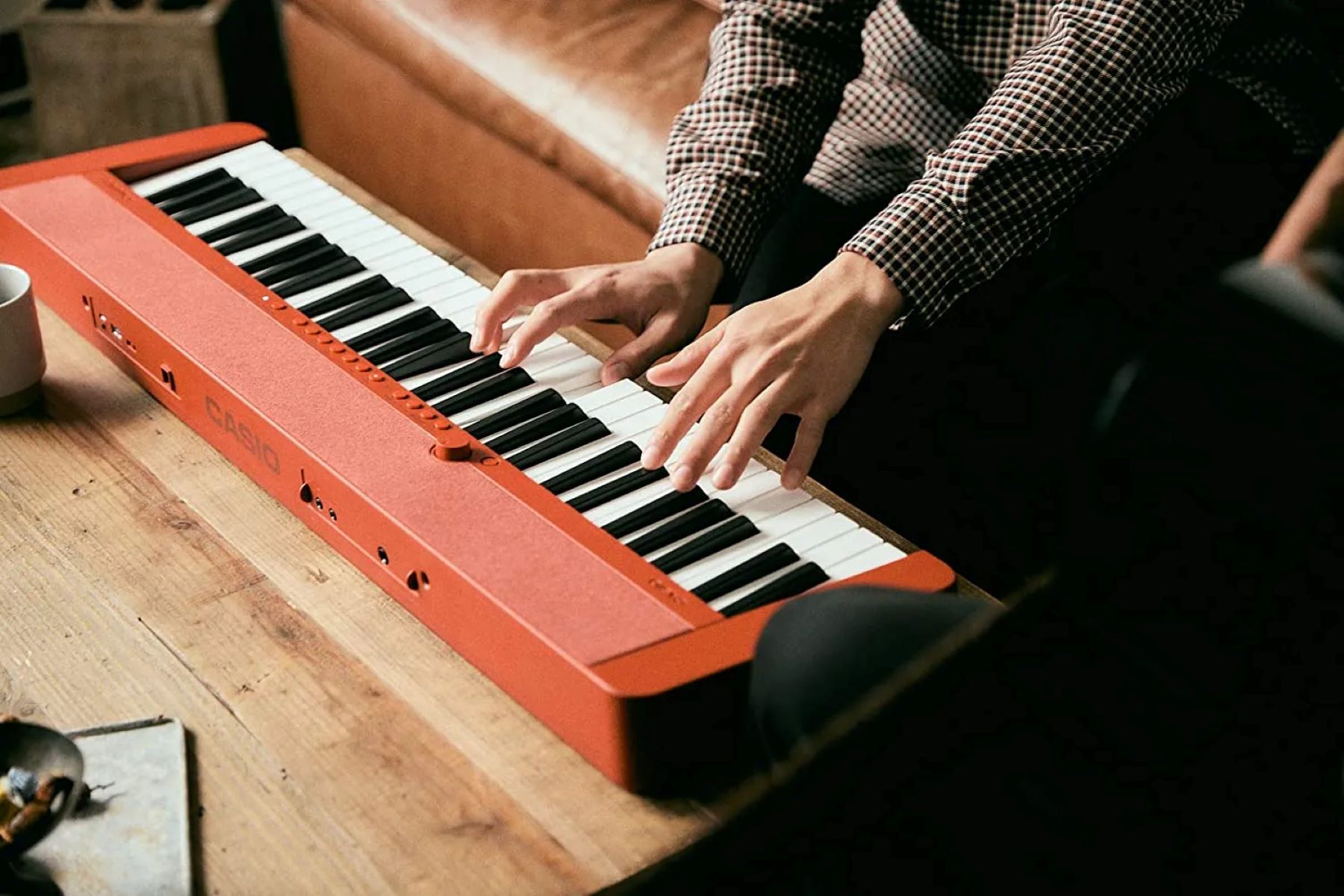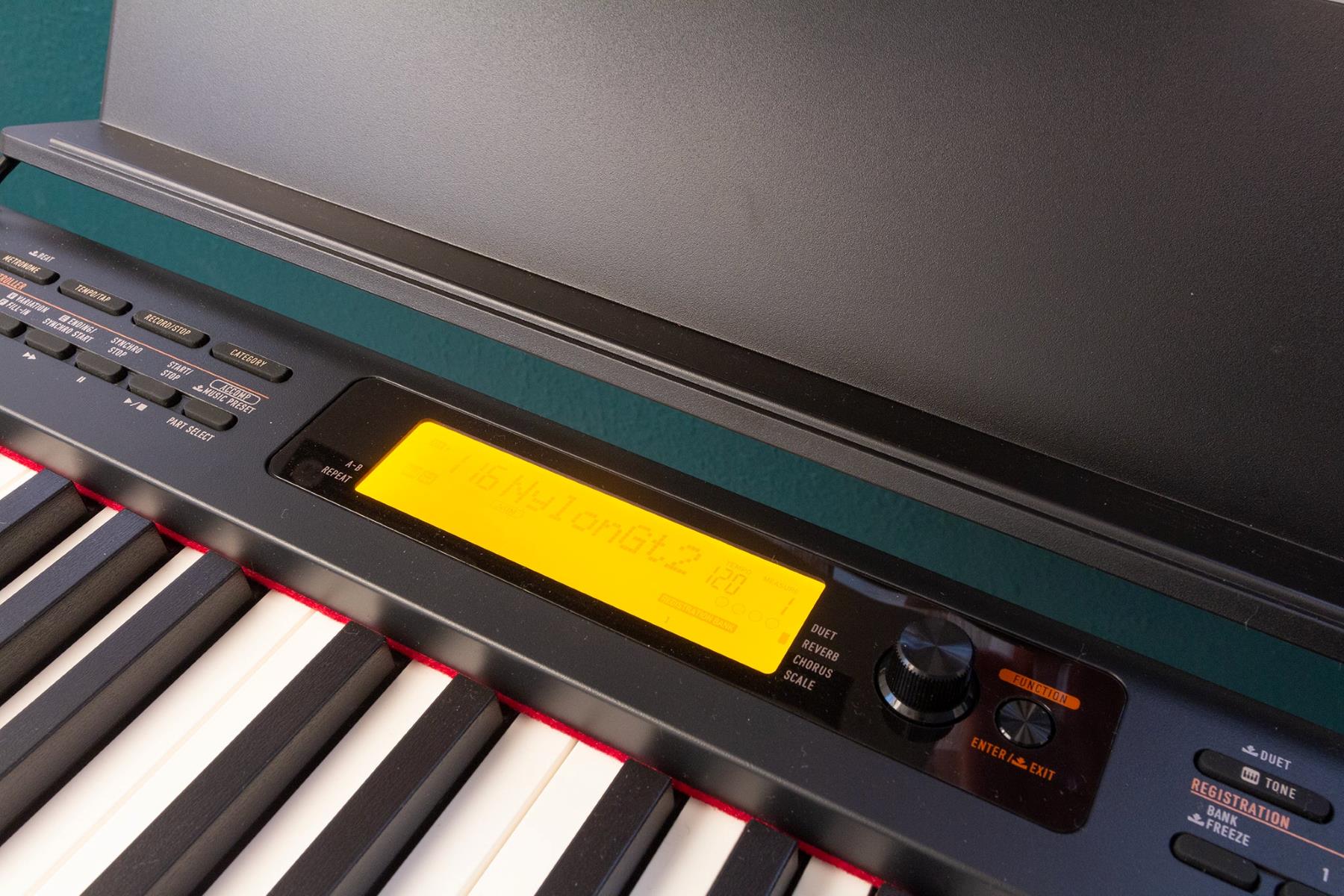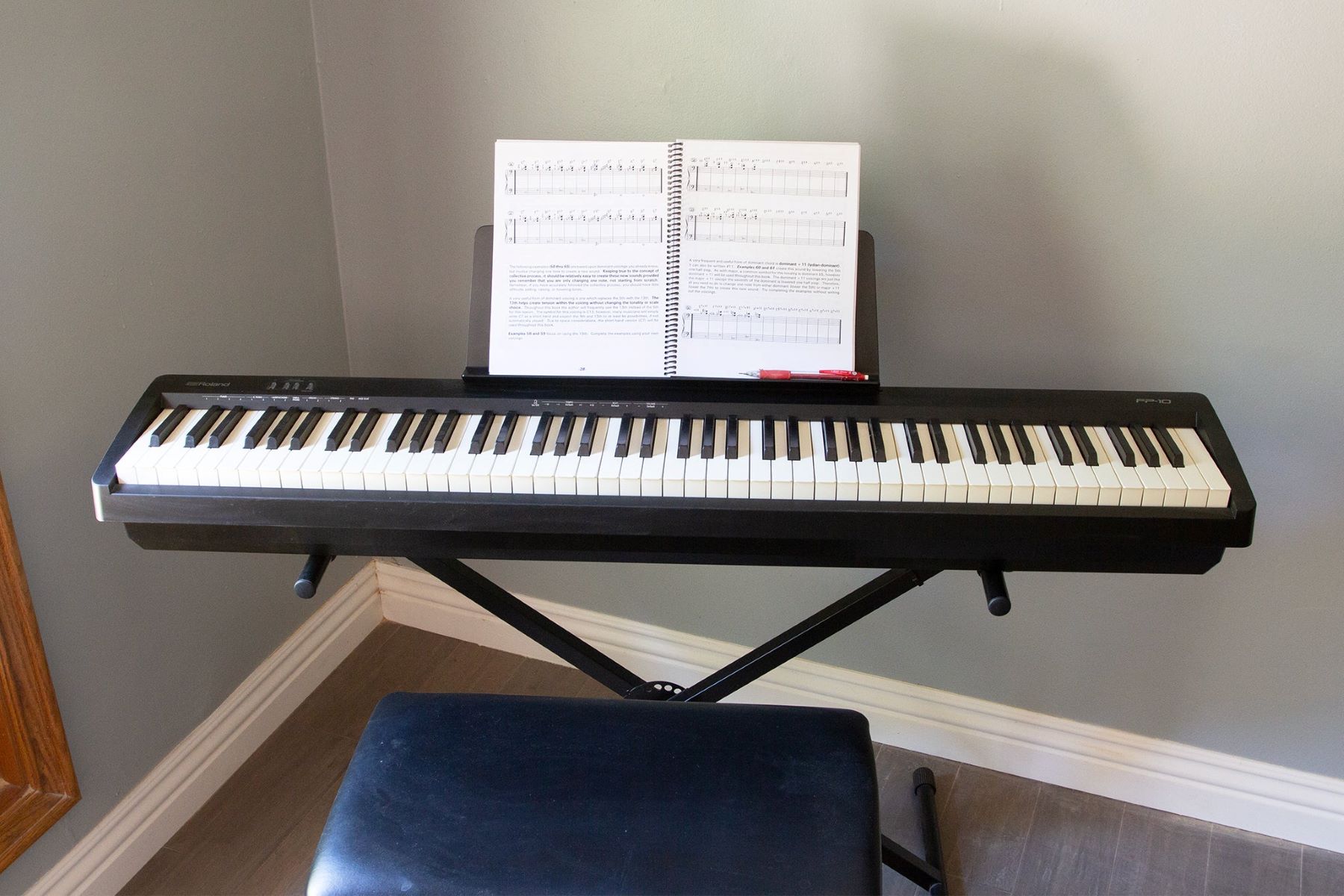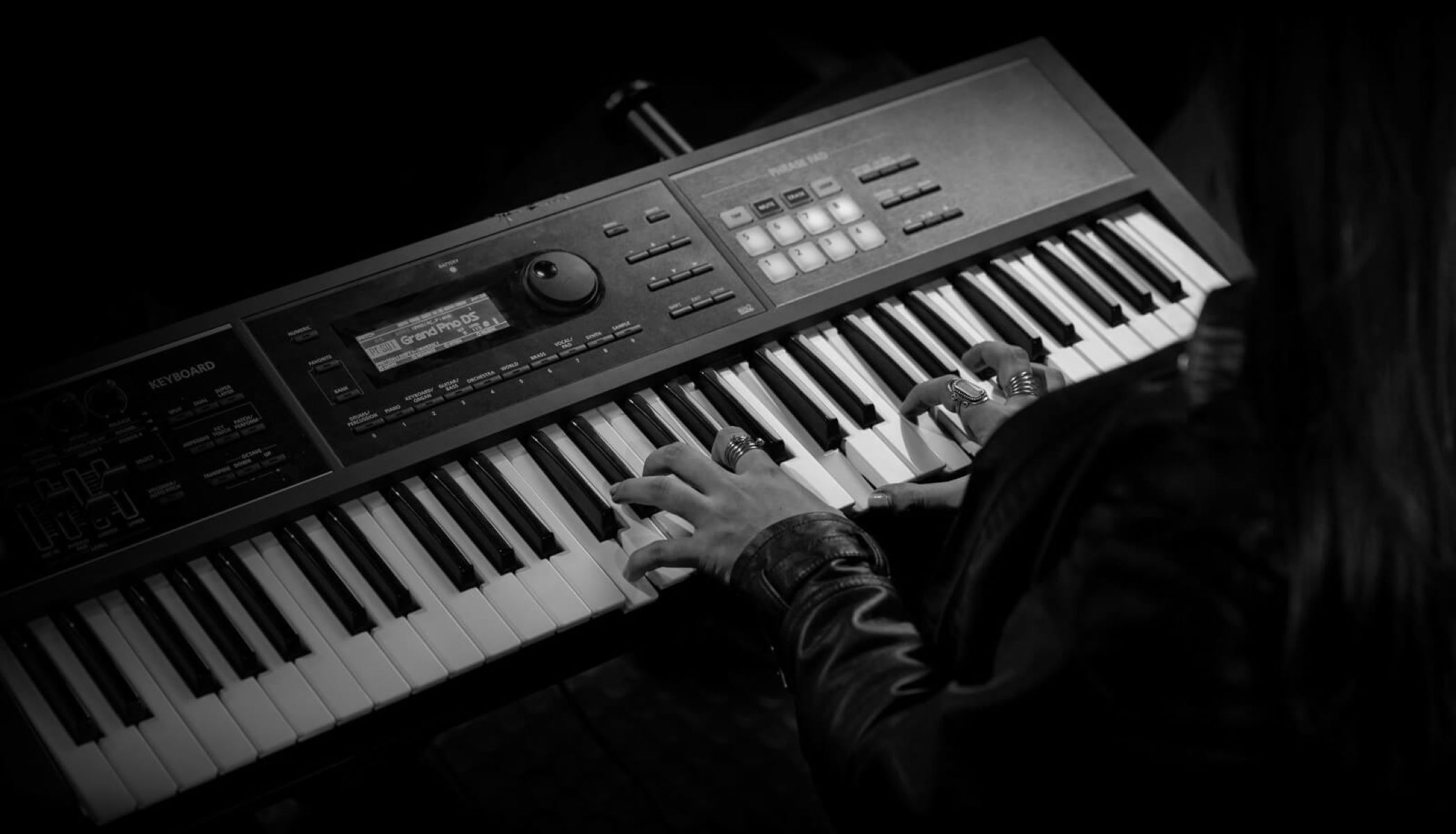Introduction
So, you've got a digital piano and you want to load some songs onto it. Whether you're a beginner eager to practice your favorite tunes or a seasoned player looking to expand your repertoire, loading songs onto your digital piano can open up a world of musical possibilities. With the convenience of digital technology, you can easily access a wide range of songs and play them directly on your piano.
In this guide, we'll walk you through the process of loading songs onto your digital piano, from preparing your piano for the transfer to organizing your newly added songs. By following these steps, you'll be able to enjoy playing a diverse selection of music on your digital piano, making practice sessions more enjoyable and rewarding.
Let's dive into the steps you need to take to load songs onto your digital piano and get ready to expand your musical horizons. Whether you're into classical masterpieces, contemporary hits, or anything in between, you'll soon be playing your favorite songs on your digital piano with ease.
Step 1: Prepare Your Digital Piano
Before you start loading songs onto your digital piano, it’s important to ensure that your instrument is ready to receive and play the new music. Here are the essential steps to prepare your digital piano:
- Clean the Keys: Begin by gently cleaning the keys of your digital piano. Use a soft, microfiber cloth to remove any dust, fingerprints, or debris that may have accumulated on the keys. This simple step will not only keep your piano looking pristine but also ensure smooth and uninterrupted playability.
- Check Storage Capacity: Take a moment to review the storage capacity of your digital piano. Depending on the model, your piano may have internal memory or support external storage devices such as USB flash drives or memory cards. Understanding the available storage space will help you determine how many songs you can load onto your piano.
- Update Firmware (if necessary): If your digital piano features updatable firmware, consider checking for any available updates. Keeping the firmware up to date can enhance the performance and compatibility of your piano, ensuring a seamless experience when playing the loaded songs.
By preparing your digital piano with these simple yet crucial steps, you’ll set the stage for a smooth and successful process of loading songs onto your instrument. With a clean keyboard, ample storage space, and updated firmware, your digital piano will be primed and ready to embrace a new musical repertoire.
Step 2: Connect Your Digital Piano to a Computer
To facilitate the transfer of songs to your digital piano, you’ll need to establish a connection between your instrument and a computer. Follow these steps to ensure a seamless connection:
- Identify Connectivity Options: Determine the available connectivity options on your digital piano. Many modern digital pianos offer USB ports that allow direct connection to a computer. Additionally, some pianos may feature MIDI connectivity, enabling communication with a computer for data transfer.
- Use Appropriate Cables: Depending on the connectivity options of your digital piano, use the appropriate cables to establish a connection with your computer. USB cables or MIDI cables may be required, so ensure that you have the necessary cables on hand.
- Install Required Drivers (if applicable): In some cases, your computer may require specific drivers to recognize and communicate with your digital piano. If this is the case, visit the manufacturer’s website to download and install the required drivers for seamless connectivity.
- Establish a Secure Connection: Once the cables are connected and any necessary drivers are installed, establish a secure connection between your digital piano and the computer. Ensure that the connection is stable and that both devices recognize each other.
By successfully connecting your digital piano to a computer, you’ll create a pathway for transferring your favorite songs to the instrument. Whether it’s through USB or MIDI connectivity, a reliable connection is essential for the smooth and efficient transfer of music to your digital piano.
Step 3: Transfer Songs to Your Digital Piano
Now that your digital piano is prepared and connected to your computer, it’s time to transfer your favorite songs onto the instrument. Follow these steps to seamlessly load songs onto your digital piano:
- Select and Prepare Songs: Choose the songs you wish to transfer to your digital piano. Ensure that the selected songs are compatible with your piano’s supported file formats, such as MIDI or specific audio formats.
- Organize Song Files: If necessary, organize the song files on your computer to streamline the transfer process. Creating a dedicated folder for the songs you intend to load onto your digital piano can simplify the transfer and ensure that the files are easily accessible.
- Transfer Songs: Using the established connection between your digital piano and computer, initiate the transfer of the selected songs. Depending on your piano’s specifications, you may be able to drag and drop the song files directly onto the piano’s internal memory or external storage device, such as a USB flash drive or memory card.
- Verify Song Transfer: After transferring the songs, verify that they have been successfully loaded onto your digital piano. Access the piano’s interface to ensure that the newly added songs are recognized and accessible for playback.
By following these steps, you’ll be able to enrich your digital piano’s library with a diverse selection of songs, ready to be played at your convenience. Whether you’re loading classical compositions, contemporary hits, or your own musical creations, transferring songs to your digital piano opens up a world of musical exploration and enjoyment.
Step 4: Organize Your Songs
After successfully transferring songs to your digital piano, it’s essential to organize your newly added music for easy access and seamless playback. Follow these steps to effectively organize the songs on your digital piano:
- Create Playlists (if supported): If your digital piano supports playlist creation, consider organizing your songs into themed or categorized playlists. This can streamline your practice sessions and performances by grouping songs based on genre, difficulty level, or personal preferences.
- Label Song Titles: Ensure that the song titles are accurately displayed on your digital piano’s interface. Clear and consistent labeling will make it easier to navigate through your song library and select the desired pieces for playback.
- Arrange by Genre or Mood: If applicable, organize your songs based on their genre or mood. This approach can help you curate specific sets of songs for different playing moods or occasions, enhancing your overall musical experience.
- Utilize Folders (if applicable): If your digital piano supports folder organization, consider creating folders to categorize your songs based on different criteria, such as artist, album, or performance repertoire. This can provide a structured approach to managing your song library.
By organizing your songs effectively, you’ll optimize the accessibility and enjoyment of your digital piano’s diverse music collection. Whether you’re practicing, performing, or simply exploring new musical pieces, a well-organized song library can enhance your overall playing experience and inspire creativity.
Conclusion
Congratulations! You’ve successfully navigated the process of loading songs onto your digital piano, expanding its musical repertoire and your playing possibilities. By preparing your digital piano, connecting it to a computer, transferring songs, and organizing your music library, you’ve unlocked a world of musical exploration and enjoyment.
With a clean and well-prepared piano, you’ve set the stage for a seamless transfer of your favorite songs. Connecting your digital piano to a computer has enabled the efficient transfer of music, allowing you to curate a diverse collection of songs tailored to your musical preferences.
Organizing your songs further enhances your playing experience, providing easy access to a rich and varied library of music. Whether you’re practicing specific pieces, creating themed playlists, or exploring new genres, a well-organized song library sets the foundation for enjoyable and rewarding piano sessions.
As you continue your musical journey with your digital piano, remember that the process of loading songs is not just about expanding your repertoire; it’s about infusing your music with your personal flair and style. Each song you add to your piano becomes an opportunity for creativity and expression, enriching your playing experience and inspiring your musical pursuits.
So, embrace the process of loading songs onto your digital piano as a gateway to musical discovery and self-expression. Whether you’re playing for your own enjoyment, sharing your music with others, or honing your skills, the songs you load onto your digital piano will become an integral part of your musical identity and a source of joy and inspiration.







